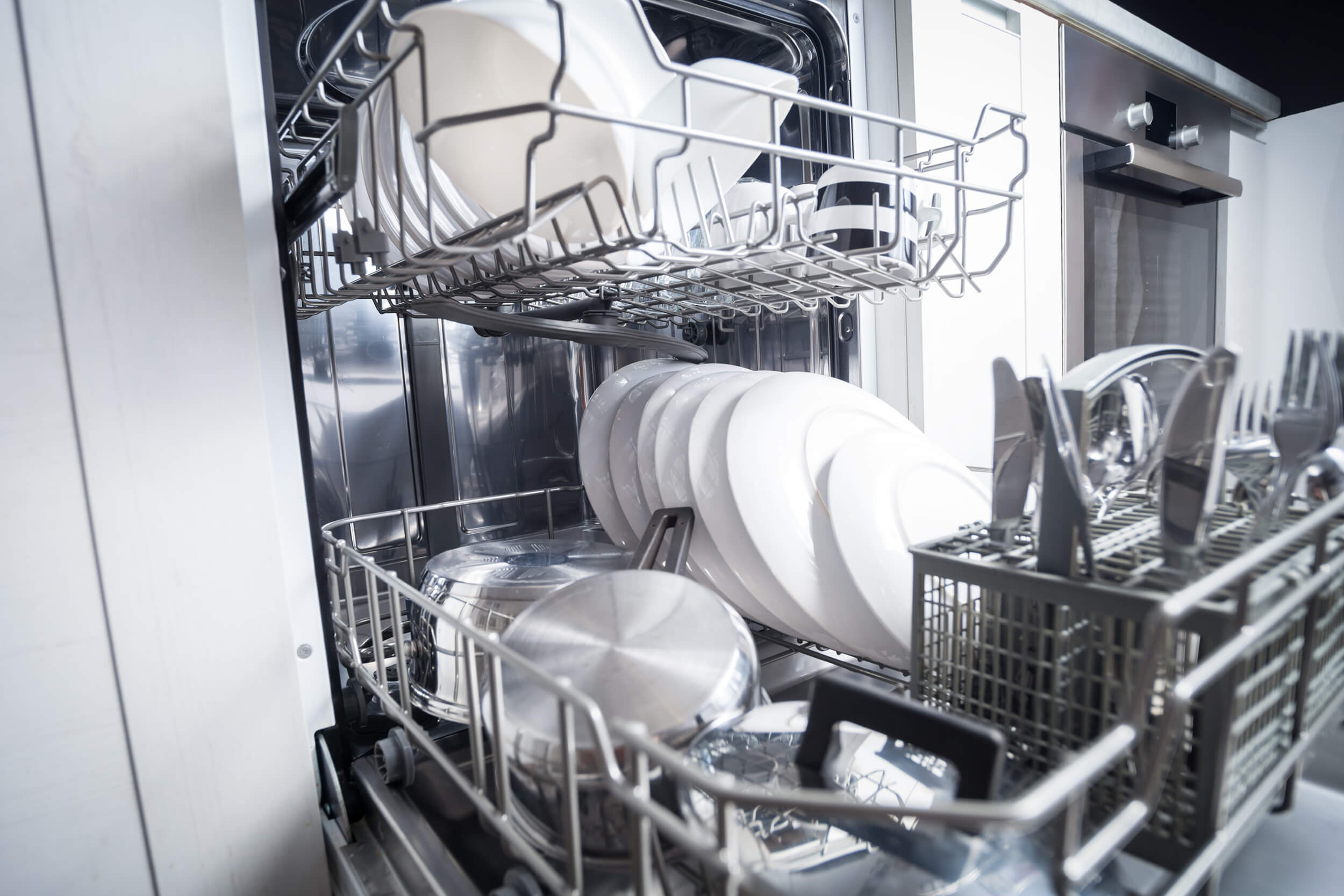Contacts: Andrew deLaski, ASAP, 617-515-7755
Max Neubauer, ACEEE, 202-507-4005
Press contact: Glee Murray, ACEEE, 202-507-4010
New Obama Administration Standards Could Slash U.S. Energy Use,
Cut Global Warming Emissions and Save Consumers Money
Washington, D.C. (July 22, 2009): Strong new national appliance standards for twenty-six common household and business products planned during President Obama’s current term could slash total U.S. electricity use by over 1,900 terawatt-hours (1.9 trillion kilowatt-hours) cumulatively by 2030 while saving consumers and businesses over $123 billion, according to a report released today by the American Council for an Energy-Efficient Economy (ACEEE) and the Appliance Standards Awareness Project (ASAP). The new standards also could make a big contribution to U.S. efforts to cut global warming carbon dioxide pollution, eliminating 158 million tons per year by 2030, roughly the amount emitted by 63 large conventional coal-fired power plants.
The report, Ka-BOOM! The Power of Appliance Standards: Opportunities for New Federal Appliance and Equipment Standards, takes the first word in its title from a quote by Department of Energy Secretary Steven Chu describing the speed with which energy efficiency can be achieved: “Appliance standards, ka-BOOM, can be had right away.” On February 5th, after only two weeks in office, President Obama made appliance standards a national priority by issuing a presidential memorandum urging the DOE to meet and beat legal deadlines for new standards.
“The national energy savings at stake in these new standards are huge,” noted Steven Nadel, Executive Director of ACEEE. “It’s really encouraging that the President has made new standards a top priority.”
The new standards will affect many common household and business products — ranging from furnaces to water heaters to air conditioners to fluorescent light bulbs. In many cases, standards first set in the 1980s or 1990s are due to be updated and can now be strengthened thanks to technological improvements. Cumulative savings from already existing standards total to about $2,800 per household; savings from new standards due in the next few years could save an additional $1,100 per household over the life of the affected products.
“Standards pack a big bang for national energy savings, but for consumers and businesses they silently save energy and cash,” said Max Neubauer, lead report author and a researcher at ACEEE. “Buyers rarely know their purchases are affected, but they can take those savings to the bank.”
The effort to combat climate change will get a considerable boost from standards. According to the report, existing standards will reduce global warming carbon dioxide emissions by about 6.5% by 2020 and 7.5% by 2030. New standards analyzed in the report would add 1.3% and 2.6% savings in 2020 and 2030, respectively. Combined, the total carbon dioxide savings from current and future standards are roughly equal to the output of 185 conventional coal-fired power plants in 2020, growing to nearly 250 coal plants by 2030 (see graphic here).
"New standards do not require action by Congress or other nations," said Marianne DiMascio, ASAP Outreach Director and a report co-author. "It's one important piece of the global warming solution puzzle in the complete control of the Obama Administration."
The new report enumerates the national savings that can be achieved from new and updated standards. By sticking to its schedule for all 26 products and setting strong standards, DOE can deliver enormous benefits for the entire nation:
- Over 1,900 terawatt-hours saved by 2030, or roughly enough power to meet the total electricity needs of every American household for 18 months.
- About 65,000 megawatts of peak demand savings in 2030, or around 6% of total U.S. generating capacity projected for 2030.
- About $123 billion in net present value benefits from products purchased through 2030.
- 158 million metric tons of carbon dioxide avoided in 2030, or 2.6% of total U.S. projected emissions in that year — equivalent to taking 30 million cars off the road.
About half the total energy savings would come from new standards for fluorescent lights, water heaters, home furnaces, furnace fans, and refrigerators. However, it is the combination of all twenty-six standards, including the large and small ones, that packs the biggest energy savings bang.
Individual consumers stand to benefit considerably from strengthened standards. For the 26 products reviewed in the report, the average payback is 3.1 years, with an average benefit-cost ratio of 4 to 1. That is, the lifetime savings of a product are, on average, four times greater than the upfront incremental costs for efficiency improvements.
“$123 billion in energy savings is a significant amount of money for consumers to spend on other goods and services,” said Mel Hall-Crawford of Consumer Federation of America and a member of the ASAP Steering Committee. “Our economy will benefit and jobs will be created as a result. It’s a win-win-win situation for the economy, the environment, and U.S. consumers.”
The federal appliance standards program, in effect since 1987, sets minimum appliance, equipment, and lighting efficiency standards for products manufactured in or imported to the U.S. Savings from existing standards are projected to be about 273 billion kilowatt-hours in 2010 or more than a 7% reduction in projected U.S. electricity consumption in that year. Even greater gains could have been achieved if the DOE had met the nearly two dozen legal deadlines for updated standards that lapsed between 1994 and 2004.
Fortunately, both the Obama Administration and the U.S. Congress have begun emphasizing the need for improved and expanded national appliance standards as a key strategy for U.S. energy policy. The new lighting standards announced in June — significantly stronger than those proposed by the Bush Administration — are evidence of this new strategy. Additionally, DOE is conducting more rulemakings now than at any other time in its history and this work rate will continue through at least the end of 2012.
“Appliance standards are a blockbuster strategy for saving energy, cutting global warming pollution, and spurring economic growth,” said Andrew deLaski, Executive Director of ASAP. “No wonder Secretary Chu used the word ‘ka-BOOM’ to describe appliance standards.”
Ka-BOOM! The Power of Appliance Standards: Opportunities for New Federal Appliance and Equipment Standards is available for free download at http://www.aceee.org/pubs/a091.htm or a hard copy can be purchased for $35 plus $5 postage and handling from ACEEE Publications, 529 14th St, N.W., Suite 600, Washington, D.C. 20045, phone: 202-507-4000, fax: 202-429-2248, e-mail: aceee_publications@aceee.org.
###
The Appliance Standards Awareness Project is dedicated to increasing awareness of and support for cost-effective appliance and equipment efficiency standards. Founded in 1999, ASAP is led by a steering committee that includes representatives from the environmental community, consumer groups, utilities, and state government. www.standardsASAP.org.
The American Council for an Energy-Efficient Economy is a nonprofit organization dedicated to advancing energy efficiency as a means of promoting economic prosperity, energy security, and environmental protection. ACEEE was involved in the legislation establishing federal efficiency standards, and has been active in all rulemakings since then. For information about ACEEE and its programs, publications, and conferences, contact ACEEE, 529 14th Street N.W., Suite 600, Washington, D.C. 20045 or visit aceee.org.




